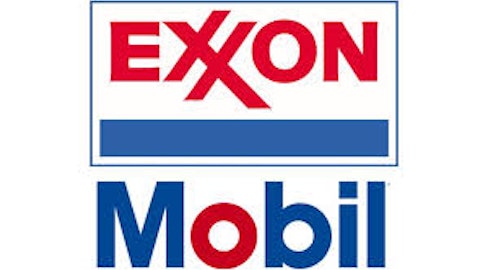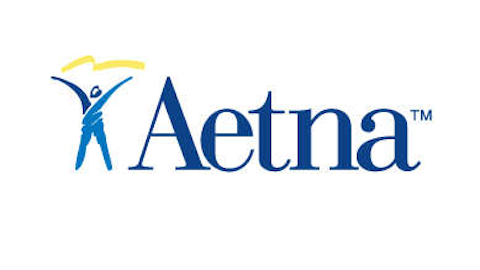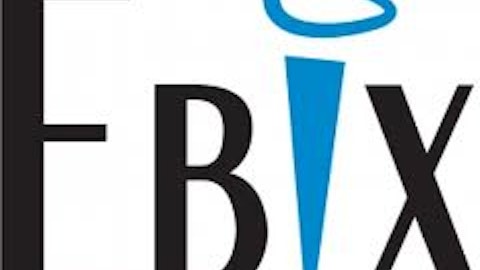Dividends. Most of all, retirees look for stocks that can provide income through dividends. Retirees want healthy payouts now and consistent dividend growth over time — as long as it doesn’t jeopardize the company’s financial health.
With those factors in mind, let’s take a closer look at Johnson & Johnson (NYSE:JNJ).
| Factor | What We Want to See | Actual | Pass or Fail? |
|---|---|---|---|
| Size | Market cap > $10 billion | $219 billion | Pass |
| Consistency | Revenue growth > 0% in at least four of five past years | 3 years | Fail |
| Free cash flow growth > 0% in at least four of past five years | 2 years | Fail | |
| Stock stability | Beta < 0.9 | 0.55 | Pass |
| Worst loss in past five years no greater than 20% | (7.7%) | Pass | |
| Valuation | Normalized P/E < 18 | 19.55 | Fail |
| Dividends | Current yield > 2% | 3.1% | Pass |
| Five-year dividend growth > 10% | 8.2% | Fail | |
| Streak of dividend increases >= 10 years | 50 years | Pass | |
| Payout ratio < 75% | 60.9% | Pass | |
| Total score | 6 out of 10 |
Source: S&P Capital IQ. Total score = number of passes.
Since we looked at Johnson & Johnson last year, the company hasn’t been able to regain either of the two points it lost from 2011 to 2012. Yet that hasn’t held the stock back, as shares have risen more than 20% over the past year.
Johnson & Johnson (NYSE:JNJ) has a lot more going for it than Band-Aids. Lately, the company’s pharma segment has made some big moves forward. With a strong stable of drugs including prostate cancer treatment Zytiga, which brought in $961 million in revenue last year, J&J has produced some amazing growth recently. Zytiga is the low-cost option in the market, beating out Medivation Inc (NASDAQ:MDVN)‘s Xtandi on price and providing the convenience of an oral medication, unlike the existing injectable drugs in the space.
Meanwhile, J&J also has an impressive pipeline. For instance, sirukumab, which it’s developing alongside GlaxoSmithKline plc (ADR) (NYSE:GSK) , will treat rheumatoid arthritis, and after promising early results, two Phase 3 trials are currently ongoing. Without the patent-cliff pressures that many rivals face, J&J has been able to stay collected in its drug development.
But not everything has gone perfectly for J&J. On top of numerous recalls in the consumer products division in recent years, the company had to recall its Adept hip implants last month due to high failure rates. The episode is another black eye for the hard-hit J&J, and it raises questions about ongoing quality-control.
Still, for retirees and other conservative investors with a long-term time horizon, it’s hard to argue against a streak of 50 consecutive annual dividend increases producing a yield of more than 3%. Even at a slightly expensive valuation, J&J is worth strong consideration as a major part of a typical retirement investor’s health care exposure.
The article Will Johnson & Johnson Help You Retire Rich? originally appeared on Fool.com and is written by Dan Caplinger.
Fool contributor Dan Caplinger has no position in any stocks mentioned. The Motley Fool recommends Johnson & Johnson. The Motley Fool owns shares of Johnson & Johnson.
Copyright © 1995 – 2013 The Motley Fool, LLC. All rights reserved. The Motley Fool has a disclosure policy.





